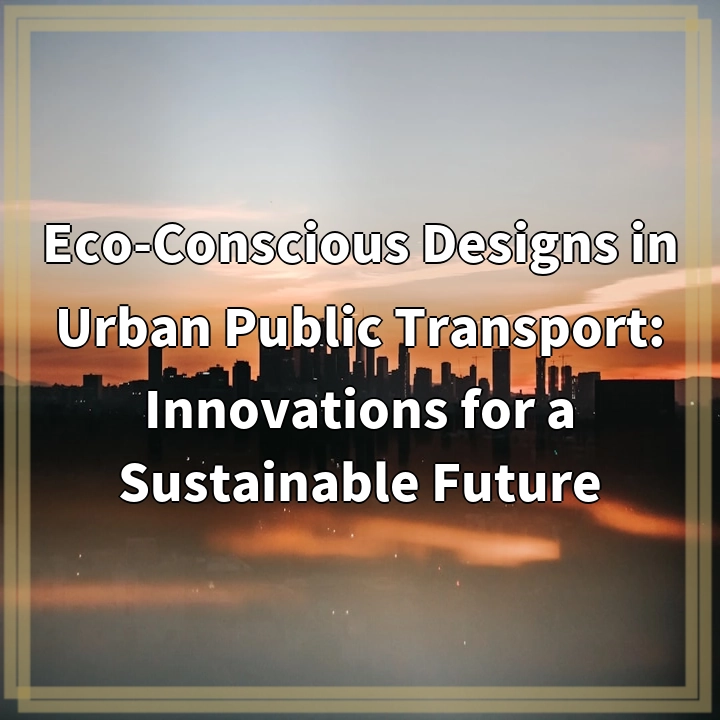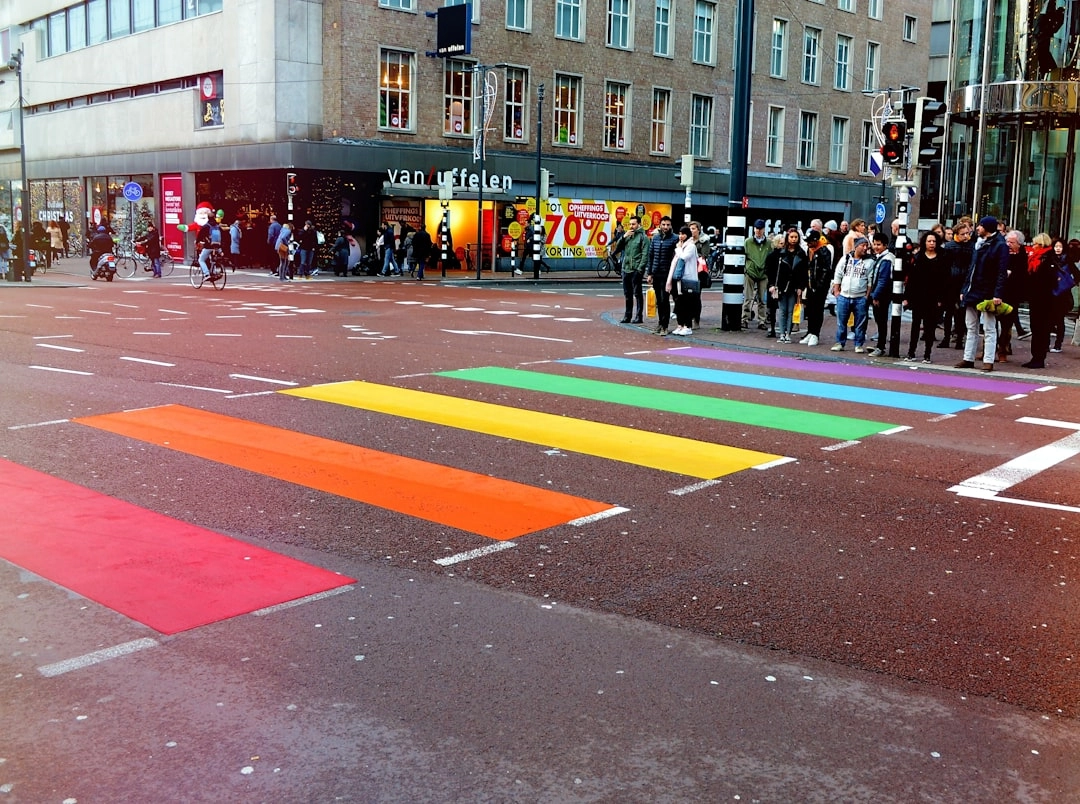
What it is:
Eco-conscious designs in urban public transport refer to innovative approaches that prioritize sustainability, efficiency, and environmental responsibility in the development and operation of public transportation systems. These designs incorporate eco-friendly materials, energy-efficient systems, and smart technologies to reduce the ecological footprint of transportation methods such as buses, trains, and trams. By integrating these sustainable practices, cities aim to enhance the user experience while simultaneously addressing the challenges posed by urbanization, climate change, and air pollution.
Key Features of Eco-Conscious Designs
Eco-conscious designs often include features such as electric or hybrid vehicles, solar panels, green roofs, and rainwater harvesting systems. Moreover, these designs aim to ensure accessibility, reduce traffic congestion, and encourage the use of public transport over personal vehicles, thereby promoting a shift towards more sustainable urban mobility solutions.
Real-World Problems
While the concept of eco-conscious designs in urban public transport is promising, several real-world problems hinder its widespread implementation:
1. Funding and Investment Challenges
Securing the necessary funding for eco-conscious public transport projects can be difficult. Many municipalities prioritize immediate infrastructure needs over long-term sustainability goals, making it challenging to allocate resources for innovative solutions that may require higher upfront costs.
2. Infrastructure Limitations
Existing urban infrastructure may not be equipped to support the integration of sustainable public transport designs. Upgrading or retrofitting systems to accommodate new technologies can be both time-consuming and expensive, posing significant logistical challenges.
3. Public Perception and Adoption
Changing public perception and encouraging the adoption of eco-conscious public transport modes can be a slow process. Many people may be hesitant to shift from private vehicles to public transportation due to concerns about convenience, reliability, or safety, which can reduce the effectiveness of newly implemented eco-friendly solutions.
4. Policy and Regulation Hurdles
In many regions, existing policies and regulations may not support or incentivize eco-conscious designs in public transport. Advocating for policy changes that promote sustainable urban development is essential but can be a complex and politically charged process.
5. Technological Barriers
While technology plays a vital role in eco-conscious designs, the availability and reliability of sustainable technologies can vary widely. In addition, the rapid pace of technological advancement can make it challenging for cities to adopt the most efficient and eco-friendly options.
Addressing these real-world challenges is crucial for the successful implementation of eco-conscious designs in urban public transport systems, ultimately contributing to a more sustainable future for our cities.

Solutions for Implementing Eco-Conscious Designs in Urban Public Transport
To address the challenges associated with eco-conscious designs in urban public transport, several solutions can be implemented. These strategies aim to overcome funding barriers, infrastructure limitations, public perception issues, policy hurdles, and technological challenges. Below are some effective solutions:
1. Diverse Funding Sources
Leveraging multiple funding sources, such as public-private partnerships, grants from environmental organizations, and green bonds, can ensure adequate financing for eco-conscious transportation projects. By diversifying funding, municipalities can mitigate the financial risks associated with large-scale initiatives.
2. Incremental Infrastructure Upgrades
Rather than attempting to overhaul existing infrastructure all at once, urban planners can implement incremental upgrades. This could involve piloting small-scale projects that incorporate eco-friendly practices on a limited basis to demonstrate effectiveness before larger investments are made.
3. Public Awareness Campaigns
Engaging the community through awareness campaigns can help shift public perception and encourage the adoption of public transport. Educating residents about the benefits of eco-conscious designs, such as reduced emissions and improved quality of life, can foster a sense of ownership and responsibility.
4. Policy Advocacy and Collaboration
Advocating for supportive policies and collaborating with government agencies and stakeholders can drive necessary changes in regulations. Creating incentives for adopting sustainable technologies and practices can facilitate the transition to eco-conscious public transport systems.
5. Embracing Technological Innovations
Staying informed about the latest advancements in transportation technology is essential for cities looking to implement eco-conscious designs. Encouraging partnerships with tech companies and research institutions can help municipalities access cutting-edge solutions—such as electric buses, smart transit systems, and sustainable materials.
By adopting these solutions, urban areas can effectively tackle the challenges they face in implementing eco-conscious designs in public transport, unlocking the potential for more sustainable and efficient urban mobility systems.















